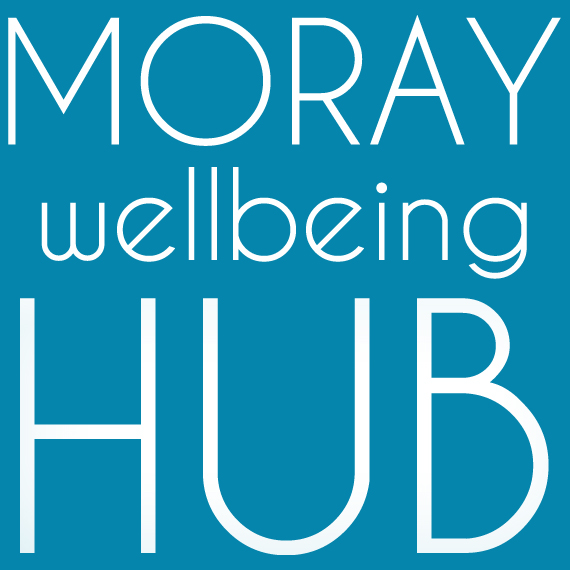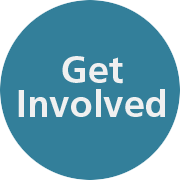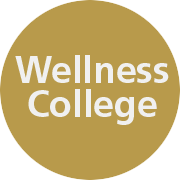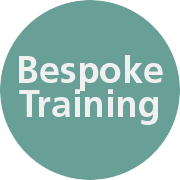Moray Wellbeing Hub has been host to a partnership project over the last six months to pilot a simple online tool aimed at empowering adults in Moray and those that support them, including GPs, to better communicate and navigate the services and supports that help mental health locally. Launched on the 7th of December, as part of YouChoose3 celebrations, ‘Mental Health Pathways in Moray’ has involved feedback from over 40 people from different professional and personal backgrounds in designing and testing the tool.
Visit Mental Health Pathways in Moray now.
Who responded: November 2018 survey
Thank you to all the 40 individuals who completed the survey in our beta testing phase in November 2018. Below are some key facts on who responded, what is really interesting is to see that a majority hold a crossover of roles – experienced mental health challenges themselves, hold a formal role in mental health and care informally for others.
- 75% (30 out of 40 people) were female, 9 were male and 1 person preferred not to disclose
- 35% (14 out of 40 people) lived in or near Elgin, 20% (8) in or near Buckie, 15% (6) in or near Lossiemouth
- 52% (21 out of 40 people ) were aged 45 to 54 – adults from all age groups responded
- 77% (30 out of 39 people) had experienced mental health challenges
- 49% (19 out of 39 people) had used health services specifically for their mental health challenges
- 90% (35 out of 39 people) provided support to people with mental health challenges informally as a friend or family member
- 67% (27 out of 40 people) provided support in a formal and paid role
- A third of people had a role in primary care, the same in secondary care and in the third sector, in either a paid position or as a volunteer.
You suggested, we edited – feedback to those who completed our survey in beta testing.
Feedback has been both positive and constructive in suggesting future improvements. We wanted to let you know that whilst all feedback was read and considered, not everything suggested was actioned either due to resources of time or technology, or the partners deciding that it did not fall in the remit of this project.
Firstly, we want to emphasise that no online tool will ever be perfect, nor should it be designed to remove the empowerment a human conversation can give. This project had a very small budget to work with, but it had a lot of passionate support from Moray Wellbeing Hub Champions, GPs, Health and Social Care Mental Health team in Moray, and partners through the ALLIANCE, tsiMORAY and Scottish Recovery Network. Our aim in the future is to fund funding to further develop the tool and perhaps create others with partners interested in different life challenges.
Secondly, we wanted to give some feedback on the suggestions you gave, helping you to see that your voice matters in this project. Below are a few of the key suggestions and our feedback on actions.
- Paper version: This was suggested and the hope is that people feel free to print what they need when, however a limited amount of colour copies with the front page and “How do I decide?” on the reverse will be shared with GPs soon.
- Logo and design: The majority of you enjoyed our logo and design’s welcoming look. Suggestions for future development were to include more than one human in the logo. This was not possible during the pilot but could be explored again in the future. “I like the use of a male in the logo. Breaking down barriers to men accessing support. Seems user-friendly.” “Very professional and inviting“
- Too much text / too simple: Thank you for the diversity in comments on improving this. We tried to take a measured approach to text and image to meet the project aims, whilst it might not suit everyone and there may be other edits we can try in the future, the fact that there were so many people who gave positive feedback shows us that we think we have the balance right for now. “I thought they broke up text nicely. It made the information easily digestible and organised.“
- Crisis: A suggestion we were able to action from feedback in beta testing was around providing something for those needing urgent help, such as if someone felt suicidal. We followed a format that other mental health organisations used by adding it to our front page as a button and suggesting accessible phone support such as Samaritans.
- The pop-out key: Some people did not find this easily and there is a challenge there in making the information ‘drawer’, which appears when you visit the site and can be hidden, neither in the way nor too inaccessible. As this format is used on many other websites and enables a simple front page, we have stayed with this feature for now.
- How do I Decide?: This info sheet is accessed by clicking the logo and suggestions for improvement such as adding a diagram or flowchart seem great next steps for development. “Informative and easy to follow” “This is my favourite bit!”
- Opening times for services: We agree this would be great to have on a website, but as this can be variable for differing services, we have signposted people to the services directly as this informations should be on a services’ website.
- Psychology and mental health professionals: It was great to get feedback from those working in these teams around language and clarifying their roles. The leadership team in mental health helped to agree the final wording from the differing suggestions made. This might not be a full description of the diverse activities these roles are involved with but gives enough to start a conversation on the subject.
- More specific info on waiting times & what low, medium and high levels indicate: This is a challenging one as these can depend on a number of factors for each service and such variety is difficult to capture and to maintain on a website. The aim of the tool is not to focus on specific details but to give people enough information to ask more questions with the right people. Again, something to return to in future developments.
- Nature and creativity: You wanted more on this and it was great to see such interest and passion in this area. From this feedback, we are exploring ways to support awareness of what is on offer in Moray with partners including tsiMORAY. The hope is that there will be stronger information to link to in the future that connects to all providers rather than more on this tool.
- Linking with Moray Alcohol & Drugs Forum: We popped a link in the section Specific Anytime Support to their website and hope that they can in turn link back to this tool.
- More information for carers, those unable to access online, young people, apps info: These are things out with the remit of this small pilot project but it was great to see the enthusiasm for creating new ideas for the future with different groups.






